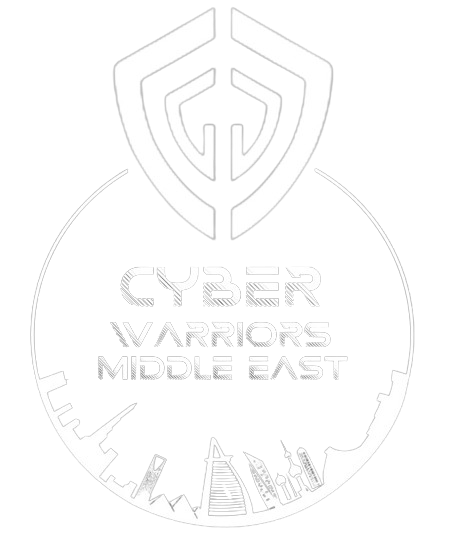Rising Cyber Threats: A Warning from U.S. Agencies on Iranian Attacks
Date: June 30, 2025
Author: Ravie Lakshmanan
Tags: Cyber Attack, Critical Infrastructure
Introduction
Cybersecurity and intelligence agencies in the United States have raised alarms about possible cyber threats from Iranian state-sponsored groups. This advisory signals increased vigilance for organizations, particularly those in sensitive sectors.
Trend of Increased Cyber Activity
According to a joint statement from several U.S. agencies, including the Cybersecurity and Infrastructure Security Agency (CISA), there has been a noticeable uptick in activities associated with Iranian hacktivists and government-affiliated actors. These threats are anticipated to grow, particularly in light of escalating geopolitical tensions.
"We’ve seen these cyber actors capitalize on vulnerabilities, especially unpatched software and weak passwords," the agencies noted. It’s clear that organizations must be proactive in addressing these security gaps to mitigate risk.
Current Threat Landscape
While there is no direct evidence of an organized campaign targeting the U.S. from Iran at this moment, authorities are urging heightened awareness. Companies in the Defense Industrial Base (DIB), particularly those collaborating with Israeli defense entities, are viewed as particularly vulnerable. The potential for distributed denial-of-service (DDoS) attacks and ransomware incidents against both U.S. and Israeli organizations is real and pressing.
Techniques Employed by Attackers
Attackers often employ reconnaissance tools to identify weak points in internet-facing systems. For instance, tools like Shodan can help locate vulnerable devices, particularly in industrial control systems (ICS). Iranian groups have a history of using various techniques, including:
- Remote Access Tools (RATs) for escalated access
- Keyloggers to capture sensitive information
- Legitimate administrative utilities such as PsExec for lateral movement across networks
These tactics allow them to bypass basic endpoint defenses effectively, highlighting the need for stringent cybersecurity measures.
Historical Context of Iranian Cyber Threats
Past investigations have revealed that Iranian threat actors commonly utilize methods like automated password guessing and exploiting default manufacturer passwords to breach systems exposed on the internet. Moreover, their ability to employ engineering and diagnostic tools has made them a formidable presence in operational technology networks.
Recent Developments
This cybersecurity advisory comes shortly after the Department of Homeland Security released a bulletin that cautioned U.S. organizations to be alert for potential low-level cyber activities from pro-Iranian hacktivists, particularly as tensions mount between Iran and Israel. Recent activities have included targeted phishing attempts against journalists and cybersecurity experts, highlighting the sophisticated approaches of Iranian state-sponsored groups.
Recommended Mitigation Strategies
Organizations can take several proactive steps to safeguard their networks:
- Disconnect OT and ICS assets from public internet exposure.
- Implement strong, unique passwords and enforce multi-factor authentication (MFA).
- Regularly update software to patch vulnerabilities.
- Monitor user access logs for any unusual remote access to networks.
- Establish processes to prevent unauthorized changes in operational technology.
- Maintain comprehensive system backups for recovery purposes.
Practical Steps for Enhancing Security
For those uncertain about how to start enhancing cybersecurity measures, reviewing the external attack surface is crucial. This includes assessing which systems are exposed, identifying open ports, and checking for any outdated services. Tools such as CISA’s Cyber Hygiene program or open-source options like Nmap can help identify potential vulnerabilities ahead of time. Additionally, aligning security efforts with the MITRE ATT&CK framework can facilitate targeted protection against established tactics used by threat actors.
Conclusion
Despite ongoing efforts for peace and dialogue, the threat posed by Iranian-affiliated cyber actors is far from over. Organizations are strongly advised to remain vigilant and prepared to counteract these cyber challenges.
For those interested in staying informed, following cybersecurity updates on platforms like Twitter and LinkedIn can provide essential insights and timely information.



